US Vice President JD Vance and other envoys projected optimism Tuesday about Gaza's ceasefire agreement, calling progress better than anticipated as they visited a new centre in Israel for civilian and military cooperation.
Vance noted flareups of violence in recent days but said the ceasefire is going “better than I expected” after two years of war between Israel and Hamas. Envoy Steve Witkoff added that “we are exceeding where we thought we would be at this time”.
The three men are in Israel as questions remain over the long-term plan for peace, such as whether Hamas will disarm and who will govern Gaza.
Vance tried to downplay any idea that his visit was urgently arranged to keep the ceasefire in place.
“My visit had nothing to do with the events of the past 48 hours,” he said. This is his first visit to Israel as vice president.
Hamas will be 'obliterated' if it doesn't cooperate
Vance was meeting with Israeli Prime Minister Benjamin Netanyahu and other officials and is expected to stay in the region until Thursday.
Jared Kushner, President Donald Trump’s son-in-law and one of the architects of the ceasefire agreement, noted its complexity.
Read moreAs Israeli forces withdraw after ceasefire, Hamas tightens its grip on the streets of Gaza
“Both sides are transitioning from two years of very intense warfare to now a peacetime posture," he said.
Vance said he feels “confident that we’re going to be in a place where this peace lasts”, but warned that if Hamas doesn't cooperate, it will be "obliterated”.
The vice president said that Washington had not set a deadline for the disarmament of Hamas set out in the US-brokered ceasefire deal in Gaza.
"We know that Hamas has to comply with the deal and if Hamas doesn't comply with the deal, very bad things are going to happen, but I'm not going to do what the President of the United States has thus far refused to do, which is put an explicit deadline on it because a lot of this stuff is difficult," he said.
Return of hostages' bodies will take time
Hamas said it had recovered the remains of two more hostages and planned to hand them over Tuesday evening.
Vance urged a "little bit of patience" amid Israeli frustration with Hamas’s pace of the returns. Palestinian militants have so far handed over 13 of the 28 hostage bodies Hamas had pledged to return under the deal.
“Some of these hostages are buried under thousands of pounds of rubble. Some of the hostages, nobody even knows where they are,” Vance said. “It’s just a reason to counsel in favour of a little bit of patience.”
He added that “a lot of this work is very hard" as he faced questions over next steps, and he urged flexibility.
No US boots on the ground in Gaza
Vance emphasised that US troops would not be on the ground in Gaza, and said that “we’re in the phase now where we’re actually starting to conceptualise what that international security force would look like" for the territory.
"There are not going to be American boots on the ground in Gaza. The President of the United States has made that very clear. All of our military leadership has made that very clear," he said.
Gaza stabilisation force requires a 'political horizon for the manifestation of a Palestinian state'
To display this content from YouTube, you must enable advertisement tracking and audience measurement.
One of your browser extensions seems to be blocking the video player from loading. To watch this content, you may need to disable it on this site.
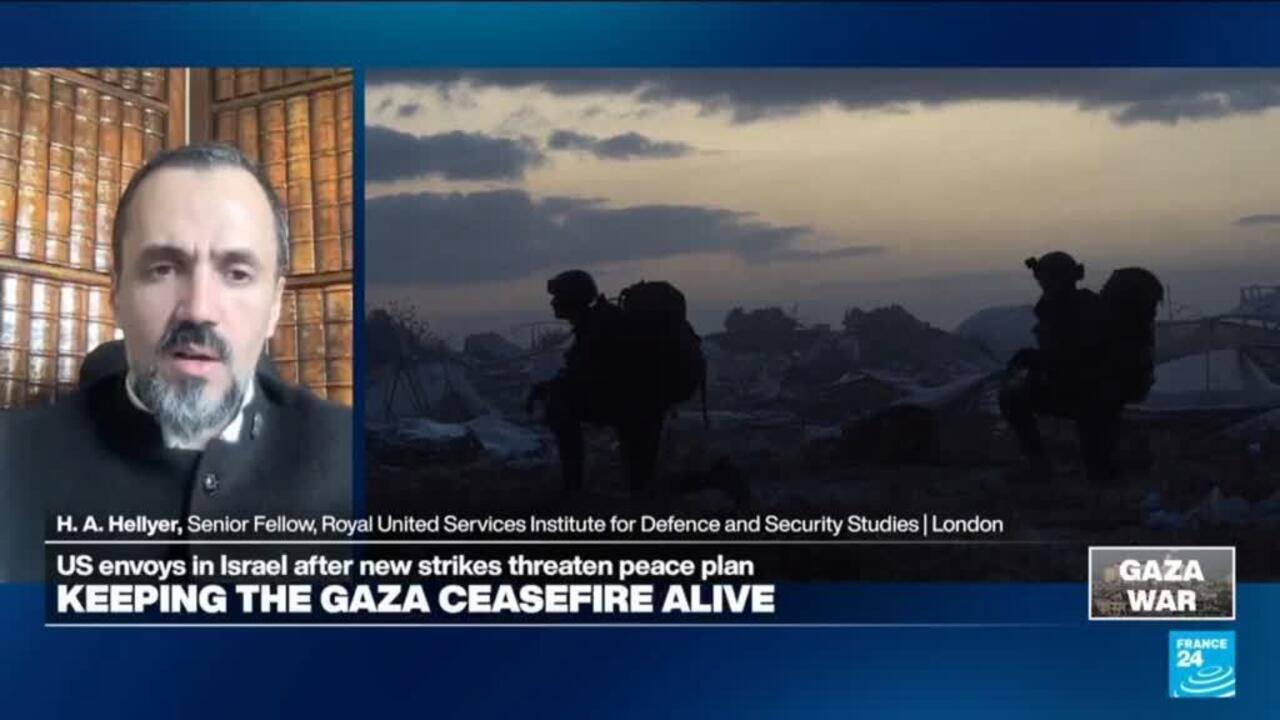
09:41
The ceasefire took effect on October 10. While it has been tested by Sunday's fighting and mutual accusations of violations, both Israel and Hamas have said they are committed to the deal. Trump has made clear he wants it to succeed.
The head of Egypt’s intelligence agency, Maj. Gen. Hassan Rashad, traveled to Israel on Tuesday to meet with Netanyahu, Witkoff and others over the ceasefire's implementation, according to Netanyahu’s office.
Hamas negotiators reiterated that the group is committed to ensuring the war “ends once and for all”.
A tense exchange
Israel confirmed that Palestinian militants had released the body of Sergeant Major Tal Haimi, who was killed in the Hamas-led October 7, 2023, attack that ignited the war. The 42-year-old military reservist was commander of Kibbutz Nir Yitzhak's defence militia and had four children, including one born after the attack.
Under the terms of the ceasefire, Israel is waiting for Hamas to turn over the remains of 15 hostages. Thirteen others have been turned over.
Under the deal, Israel is releasing 15 Palestinian bodies for the remains of each dead hostage, according to Gaza's Health Ministry, part of the Hamas-run government. It said Israel had transferred another 15 on Tuesday, for a total of 165 since earlier this month.
So far, only 32 of the bodies have been identified, according to Gaza’s Health Ministry.
A senior health official in Gaza said some bodies of Palestinians returned by Israel bore “evidence of torture” and called for a United Nations-launched investigation.
Dr. Muneer al-Boursh, the ministry's general director, said in on social media late Monday that some had evidence of being bound with ropes and metal shackles, blindfolds, deep wounds, abrasions, burns and crushed limbs.
It was not immediately clear if any of the bodies had been prisoners; they are returned without identifications or details on how they died. The bodies could include Palestinian detainees who died in Israeli custody or bodies taken out of Gaza by Israeli troops during the war.
The Israel Prisons Service denied that prisoners had been mistreated, saying it had followed legal procedures and provided medical care and “adequate living conditions”.
Israeli hostages released from Gaza have also reported metal shackles and harsh conditions, including frequent beatings and starvation.
(FRANCE 24 with AP and AFP)

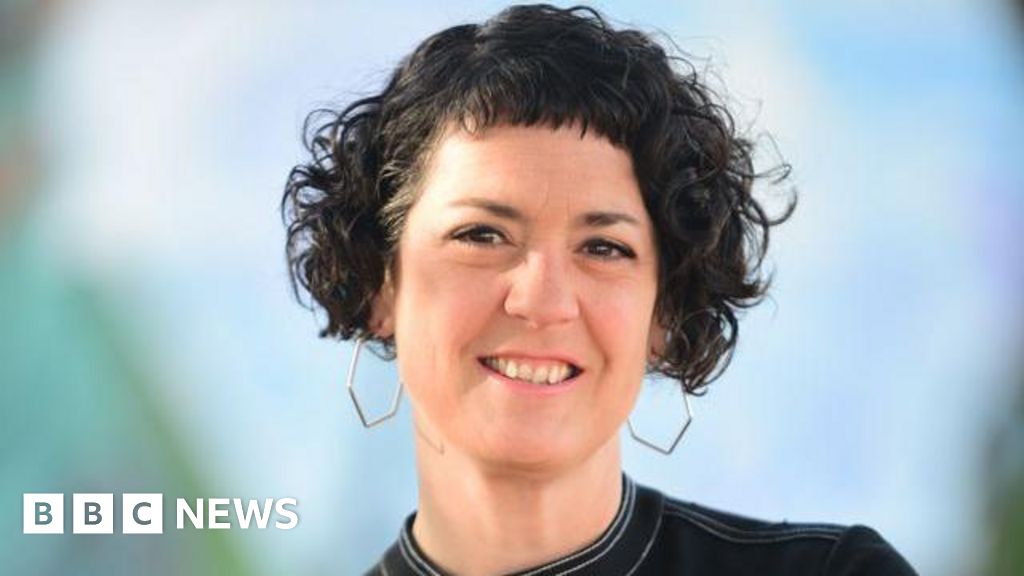

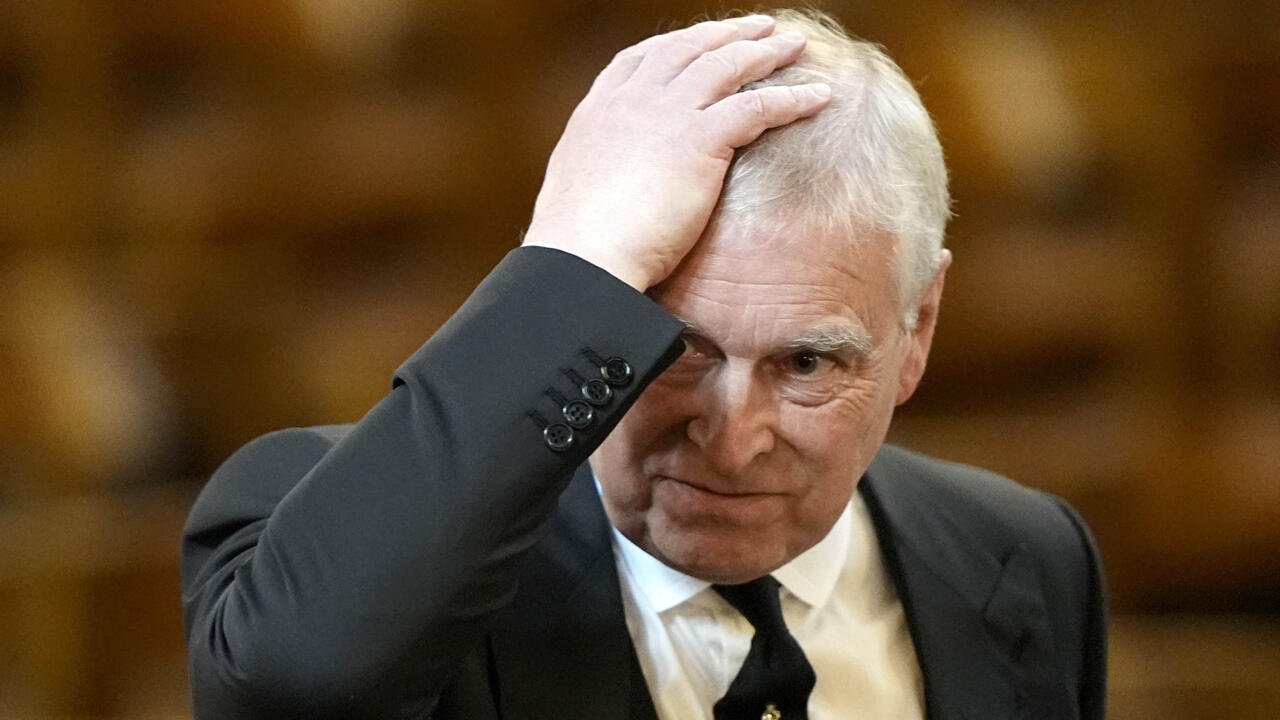
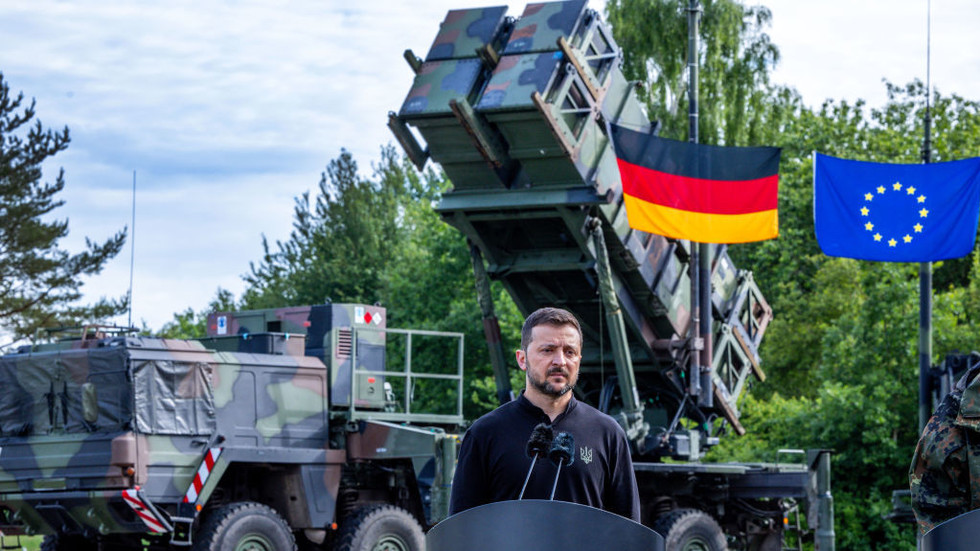



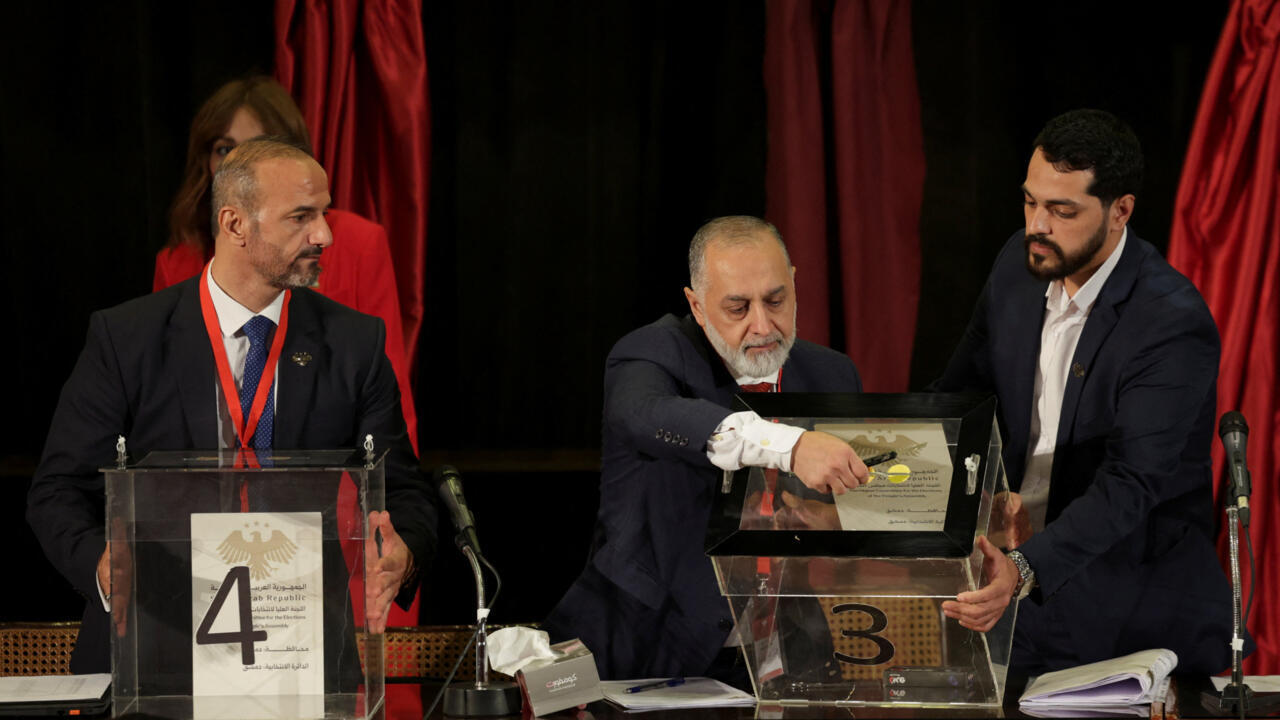
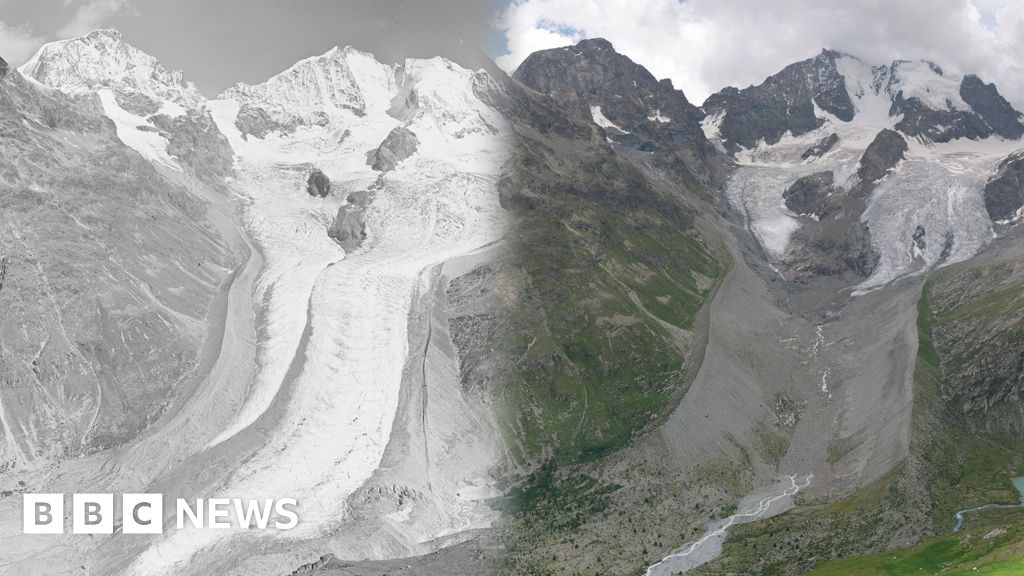

 English (US) ·
English (US) ·